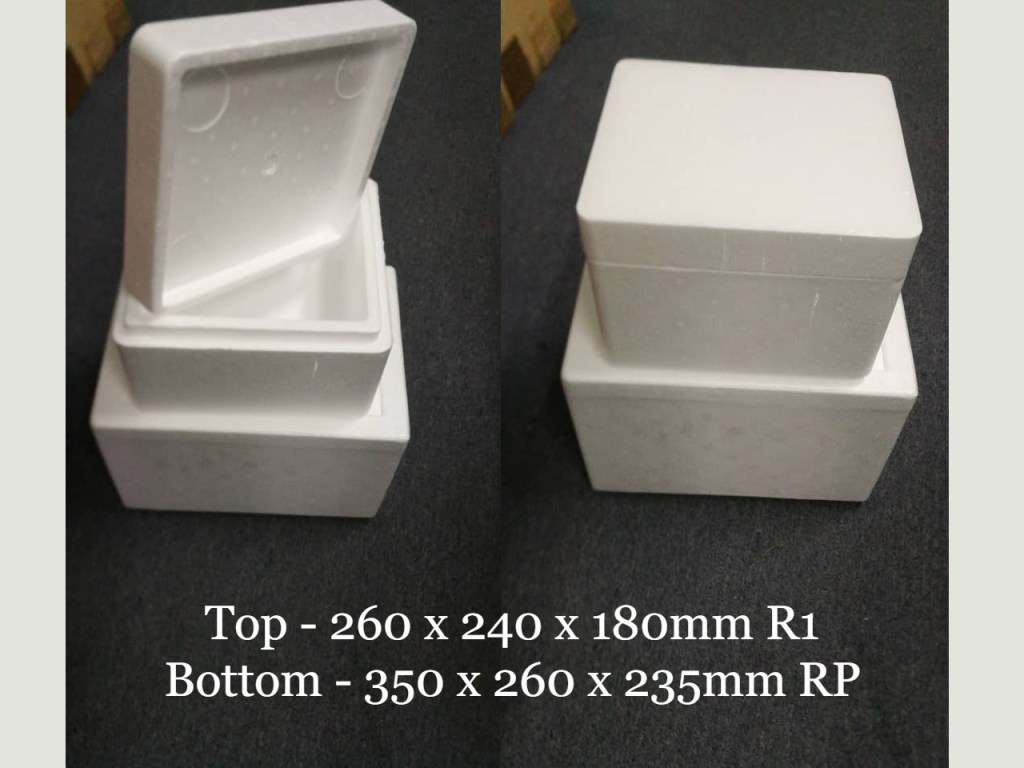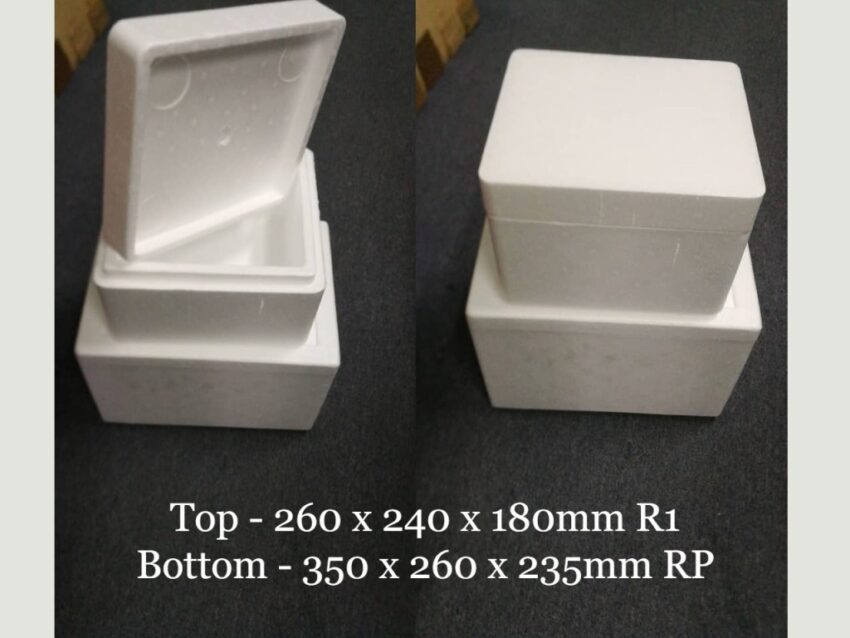
Foam Boxes for Food: A Comprehensive Guide to Safe and Efficient Food Packaging
In the bustling world of food service, selecting the right packaging is crucial for maintaining food quality, ensuring customer satisfaction, and adhering to health and safety regulations. Foam boxes for food have long been a popular choice due to their insulation properties, affordability, and versatility. This comprehensive guide explores the benefits, types, uses, and environmental considerations surrounding foam boxes for food, providing you with the information needed to make informed decisions for your business or personal needs.
Understanding Foam Boxes: Types and Properties
Foam boxes for food are typically made from expanded polystyrene (EPS), a lightweight, rigid, closed-cell foam. EPS offers excellent insulation, keeping hot foods hot and cold foods cold for extended periods. This makes them ideal for takeout, delivery, and catering services. There are several types of foam boxes for food available, each with slightly different properties and applications:
- Standard EPS Foam Boxes: These are the most common type, offering good insulation and affordability. They are suitable for a wide range of food items.
- High-Density EPS Foam Boxes: These boxes offer superior insulation and durability compared to standard EPS boxes. They are often used for transporting temperature-sensitive items or for applications where extra protection is required.
- Laminated Foam Boxes: These boxes have a thin layer of plastic or other material laminated to the EPS foam, making them more resistant to moisture and grease. They are ideal for greasy or saucy foods.
- Recycled EPS Foam Boxes: Some manufacturers offer foam boxes for food made from recycled EPS. These boxes offer a more sustainable option for businesses and consumers concerned about the environment.
The Advantages of Using Foam Boxes for Food
Foam boxes for food offer numerous advantages over other types of food packaging:
- Excellent Insulation: As mentioned earlier, EPS foam provides excellent insulation, keeping food at the desired temperature for longer. This is crucial for maintaining food quality and preventing spoilage.
- Lightweight and Durable: Foam boxes for food are lightweight, making them easy to carry and transport. They are also relatively durable, protecting food from damage during handling and transit.
- Cost-Effective: EPS foam is an affordable material, making foam boxes for food a cost-effective packaging solution for businesses of all sizes.
- Versatile: Foam boxes for food can be used for a wide range of food items, from hot entrees to cold desserts. They are also available in various sizes and shapes to accommodate different portion sizes and food types.
- Hygienic: EPS foam is non-absorbent and easy to clean, making foam boxes for food a hygienic option for food packaging.
Applications of Foam Boxes in the Food Industry
Foam boxes for food are widely used in various sectors of the food industry:
- Restaurants and Takeout: Foam boxes for food are a staple in restaurants and takeout establishments for packaging hot and cold meals for customers.
- Catering Services: Catering companies rely on foam boxes for food to transport and serve food at events, ensuring that it remains at the correct temperature.
- Food Delivery Services: Food delivery services use foam boxes for food to keep meals hot or cold during transit, ensuring that customers receive their food in optimal condition.
- Supermarkets and Grocery Stores: Some supermarkets and grocery stores use foam boxes for food to package prepared meals or deli items.
- Institutional Food Service: Hospitals, schools, and other institutions use foam boxes for food to serve meals to patients, students, and staff.
Addressing Environmental Concerns: Recycling and Alternatives
While foam boxes for food offer numerous benefits, they have also raised environmental concerns due to their non-biodegradable nature. However, efforts are being made to improve the sustainability of EPS foam:
- Recycling: EPS foam can be recycled, and many communities have recycling programs that accept EPS foam. Recycled EPS can be used to make new products, such as picture frames, park benches, and even new foam boxes for food.
- Biodegradable Alternatives: There are also biodegradable alternatives to EPS foam available, such as those made from plant-based materials like cornstarch or sugarcane. These alternatives are compostable and break down naturally over time.
- Reduced Material Usage: Manufacturers are also working to reduce the amount of EPS foam used in foam boxes for food by optimizing their design and using thinner materials.
Consumers and businesses can also take steps to reduce the environmental impact of foam boxes for food by:
- Recycling EPS foam whenever possible.
- Choosing biodegradable alternatives when available.
- Reducing the amount of packaging used by opting for reusable containers or bringing their own containers to restaurants.
- Supporting businesses that use sustainable packaging practices.
Choosing the Right Foam Box for Your Needs
When selecting foam boxes for food, consider the following factors:
- Type of Food: The type of food you will be packaging will influence the type of foam box for food you need. For example, greasy or saucy foods require laminated boxes, while temperature-sensitive items require high-density boxes.
- Temperature Requirements: Consider the temperature requirements of the food you will be packaging. Hot foods require boxes with good insulation to keep them hot, while cold foods require boxes that can maintain a cold temperature.
- Size and Shape: Choose a foam box for food that is the appropriate size and shape for the food you will be packaging.
- Durability: Select a foam box for food that is durable enough to protect the food during handling and transit.
- Cost: Consider the cost of the foam boxes for food and choose an option that fits your budget.
- Environmental Impact: If you are concerned about the environmental impact of foam boxes for food, choose recycled EPS boxes or biodegradable alternatives.
Proper Handling and Storage of Foam Boxes
To ensure the safety and effectiveness of foam boxes for food, proper handling and storage are essential:
- Store foam boxes for food in a clean, dry place away from direct sunlight and extreme temperatures.
- Handle foam boxes for food carefully to avoid damage.
- Do not reuse foam boxes for food that have been contaminated with food or other substances.
- Dispose of foam boxes for food properly by recycling them or placing them in the trash.
The Future of Foam Boxes for Food
The future of foam boxes for food is likely to be shaped by increasing environmental awareness and technological advancements. We can expect to see:
- Increased use of recycled EPS foam.
- Development of more biodegradable alternatives.
- Improved recycling technologies for EPS foam.
- More efficient designs that reduce material usage.
- Greater emphasis on sustainable packaging practices throughout the food industry.
In conclusion, foam boxes for food remain a valuable and versatile packaging solution for the food industry. By understanding their benefits, types, uses, and environmental considerations, businesses and consumers can make informed decisions about their use and contribute to a more sustainable future. As technology advances and environmental awareness grows, the evolution of foam boxes for food will continue, adapting to meet the changing needs of the food industry and the planet. [See also: Sustainable Food Packaging Options] [See also: The Benefits of EPS Foam] [See also: Food Safety and Packaging Materials]
